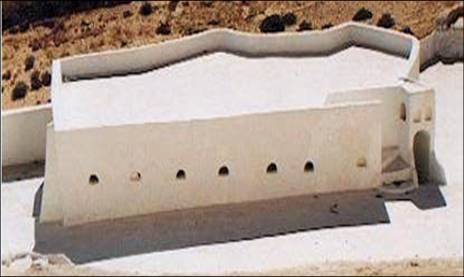There are a lot of publications defining what minimalism is, when it started as an architecture movement and what influenced it.
In general it is believed that minimalism is a 20th, 21st century movement that was influenced by Japanese architecture, Mies Van Der Rohe, De Stijl…etc
It stands for pure forms, no decoration for the sake of decoration and clean line.
Less is more.
Well, the reality of things is different; Minimalism and what it stands for is a concept that existed in the 10th century and has been applied to architecture, furniture ..etc since that age. It may have been driven by other factors than style, movement and school of thoughts, but the results were very much “minimalism at its core”
One might argue that it was not minimalism but more a case of lack of materials and means that made some old buildings look minimalist and bare.
It may be true in some instances, but in the case of the M’zab Valley in Algeria it was a deliberate movement by the Ibadites.

The Ibadites are an Islamic sect that fled prosecution, one thousand years ago to the desert in Algeria where they looked for a place to settle and find peace.
Practicing a pure application of Islam, they abandoned enormously prosperous towns such as Tehert’ and Sedrata.’ and settled in this harsh climate for their safety and for preserving their way of life.
The legacy of the Ibadites: The five Mozabite towns – Gharda’ia, Melika, Beni
Isguen, Bou Noura, and El Atteuf today are a world heritage protected by the UNESCO and have been an inspiration to all planners and architects from Le Corbusier, to Pouillon and others around the world.

The Ibadites, who came from highly developed towns at the peak of Islamic architecture and building skills decided to build towns and buildings to a very rigorous organization and hierarchy
They built everything based on simplicity and rationality, no decoration for the sake of decoration, no extravagance no frivolous forms. They needed to maintain a unified political and social communities.
Less is more, simplicity, clean line, pure forms that was their choice. The results are these towns and buildings that still stand today fully inhabited and fully functional.





